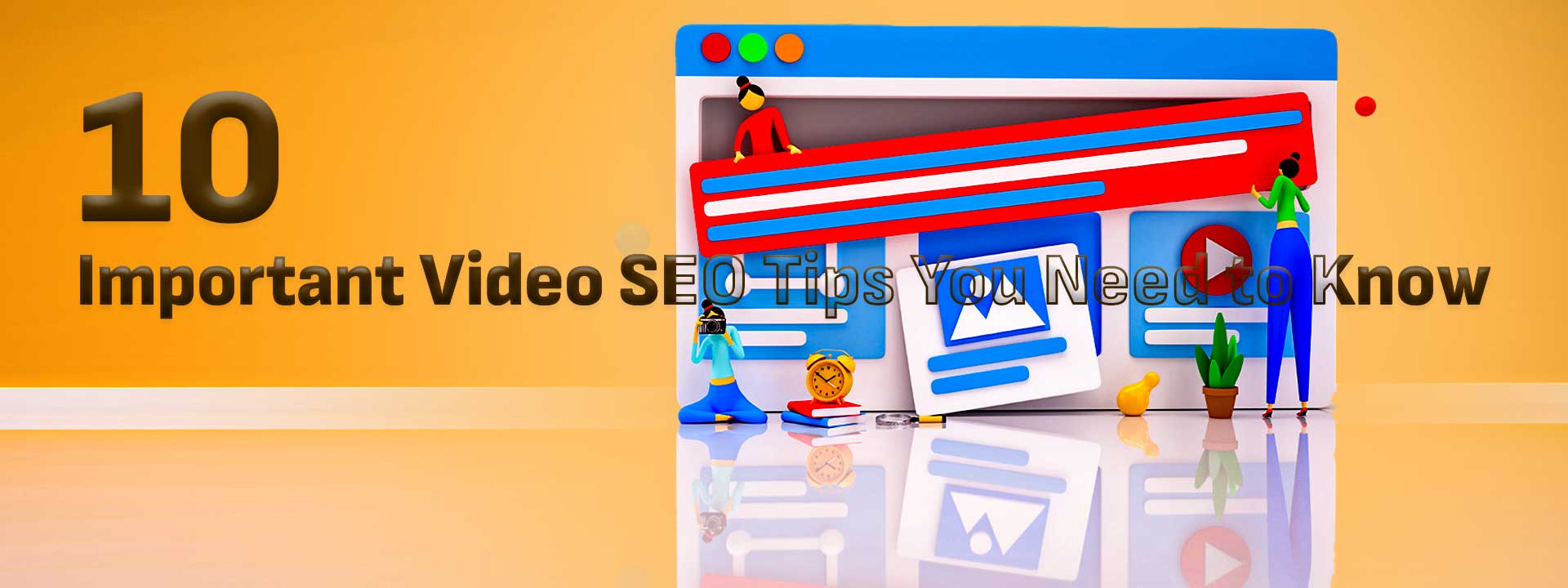

10 Important Video SEO Tips You Need to Know
You poured your soul into making your videos. You gave your best.
In the end, most of your videos generated an average of 10 views.
Is that you? If your answer is yes, this is the perfect guide for you.
It can be tempting to quit after putting in so much effort and not getting satisfactory results. But wait, don’t lose hope yet. There is a solution, and it is Video SEO!
Yes. Like articles need SEO to be discovered by search engines, your videos need help to get in front of the right audience.
We’ve listed ten critical tricks to get your video SEO right in the guide below.
So, are you ready? Let’s get started.
1) Create High-Quality Videos
Imagine promoting your videos only for your viewers to find low-quality videos. Not only will this upset your viewers, but it will also damage your reputation.
Nobody wants to watch videos with blurred content, incoherent words, and background noises. And that’s why your SEO success starts with high-quality videos.
But what are high-quality videos?
These videos have clean, flawless picture quality, good audio, and fantastic content.
In addition, make sure that your script flows effortlessly without pauses and that your speaker is presentable and, most importantly, comfortable in front of the camera. Finally, ensure high-quality audio so that your viewers do not miss important things in the video.
2) Use Attention-Grabbing Titles
When users search for videos, the title and the thumbnail are the first things they notice. Your title will often determine whether they want to watch the video.
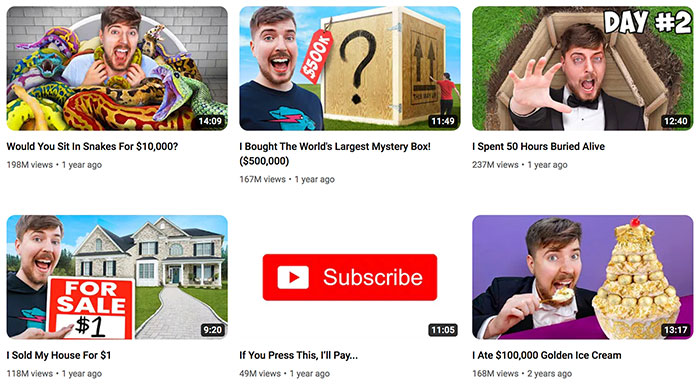
So, it would help if you created titles that grab attention in the sea of content and make viewers click.
Here Are Some Critical Tips to Get Your Video’s Title Right:
- Make Sure Your Title Matches the Video Content. Avoid using clickbait to attract viewers.
- Know the Pain Points of Your Target Audience. Use these pain points in your title. Addressing your audience’s pain points will make your videos more relevant and personal.
- Keep Your Title Under 60 Characters. Google omits titles longer than 60 characters, and search results are trimmed after 60 characters. So, keep meta titles concise and to the point.
3) Optimize for Keywords
Keywords are the bread and butter of SEO. First, your audience searches for specific queries, and then search engines like Google and YouTube show the results.
Without relevant keywords, search engines will fail to understand the genre of your video.
So, if you want to rank your videos, you need to know the exact queries that your audience is using. And then, you will need to include these queries and keywords in the title, description, transcripts, and hashtags.
However, you will need tools to find these queries your audience is using.
Here Are Some Popular Tools for Keyword Research
- YouTube Autosuggest: Many marketers use auto-suggest features to find the top keywords. But it is pretty limited in functionality since it doesn’t show the count.
- Ahrefs: Ahrefs is an excellent SEO tool with advanced keyword research functionality. From traffic to keyword competition, you can find many different data points.
- SEMrush: SEMrush is another premium tool to research keywords for several search engines like Google and YouTube.
4) Create Awesome Thumbnails
It is said that you shouldn’t judge a book by its cover. However, that is what happens on YouTube or the Internet. Users will every time judge your video quality by your thumbnail.
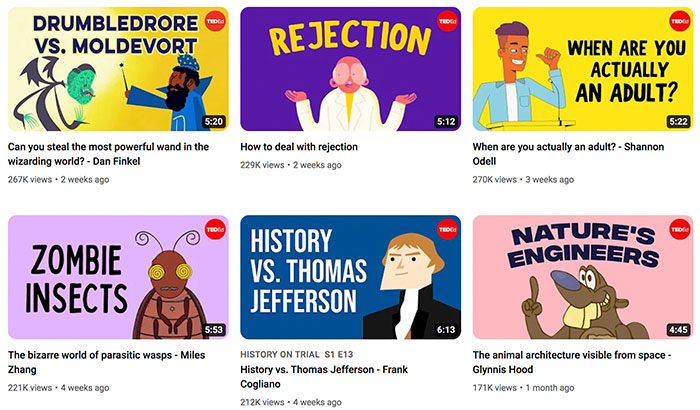
Regardless of your video’s good, no one will see it if the thumbnail doesn’t capture users’ attention. So here are some tips for creating an awesome thumbnail.
How To Create An Awesome Thumbnail
- Your thumbnail should look good, no matter your screen size.
- Ensure the text style is easy to read.
- Use customized thumbnails to stand out from the crowd.
- Ensure that the images are high-resolution.
5) Add Video Transcripts
What is a video transcript?
Transcripts are written representations of the spoken content in a video. While an engine cannot view or understand the audio, it certainly can understand the text.
Therefore, the video transcript will enable the search engine to crawl your text, index your video, and give a better understanding of the video.
But does this work? Research proves it works! A study by Liveclicker compared 37 videos before and after adding the video transcripts. Video transcripts earned, on average, 16 percent more revenue than videos without transcripts.
Although video transcription helps with SEO, it is a time-consuming process.
6) Hashtags for Heightened Visibility
As stated by YouTube’s Creator Academy, hashtags can boost the SEO of your videos. Hashtags help you in three ways:
- They can help people lead to your video using the same hashtags from other videos.
- People use hashtags as keywords. Adding hashtags optimizes your video around the keyword that people are using.
- It helps the algorithm understand more about your content.
The best ways to position your hashtags are above the title, description, and title itself.
Best Ways To Search For Hashtags
- YouTube Autosuggest: Just type in “#” before the topic, and YouTube will suggest the trending hashtags.
- Competitor’s Video: Search for your competitor’s trending videos and see what hashtags they have used. Use a few of those in your videos.
- Hashtag Generator Tools: Use tools like Hashtagsforlike to search for the best suitable hashtags for your video.
7) Add Closed Captions
Although video hosting platforms like YouTube provide automated closed captions, they are rarely correct and, most of the time, mispronounced. Since not all the viewers wanted to listen to the video, many people used captions to understand the video’s content.
Moreover, video captions can drastically improve your search engine visibility. How? Search engines are machines.
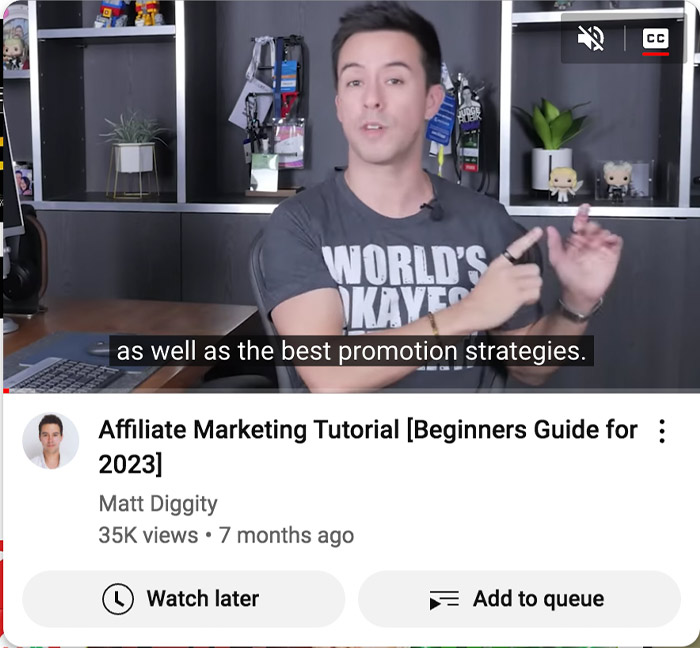
They do not have eyes or ears to understand the audio or even watch your video. So, adding correct closed captions can help search engines understand your video’s content and rank you higher.
8) Add Timestamps
A timestamp is a link to a specific moment in your video. Now, how do timestamps help video SEO?
“Timestamps will help keep viewers interested since they may abandon videos if they cannot find what they are looking for,” says Cristian Ward, CEO of Sandiegoseo.company
Second, YouTube ranks its videos based on watch time and retention. Therefore, simply providing timestamps will increase retention and watch time, boosting your video SEO.
Top Ways To Add Timestamps To Your Videos:
- Manually Append the URL: This method requires changing the URL structure. For example, take the video URL, add ‘&t=’ after the question mark, and specify the time. For example, add “&t=30s” at the end of the video link for thirty seconds.
- Edit the Video Description: Add the time to your description, which will automatically become a timestamp.
9) Cross-Promote On Other Platforms
Competition is fierce online. Because of this, you cannot rely solely on organic traffic, and you need to market your videos on other platforms.
Popular Platforms To Promote Videos Are:
- Social Media: Instagram, Facebook, Twitter, and TikTok are popular video-sharing platforms with large viewers. You can cross-promote your videos on these platforms to improve video visibility.
- Your Website: Write a blog post related to the video content and embed your video. Whenever visitors visit your site, they will see the video.
- Email: You can also promote your videos there if you have an email list. Many marketers vouch for email, as it is one of the most effective platforms to promote content due to its personal touch.
10) Be Consistent
Neil Patel says, “SEO is a marathon, not a sprint“. And it’s true.
A search engine establishes your credibility based on how many views, videos, and overall engagement you receive. Most SEO results aren’t seen overnight; they come from persistent efforts.
Regularly posting videos will help you attract new viewers.
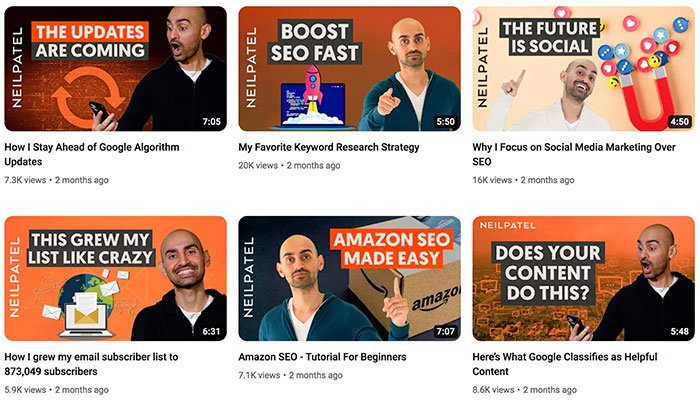
On the other hand, a lack of engagement can negatively signal the search engines, resulting in a drop in your ranking.
SEO experts say you should post at least five times weekly for fast results. But as always, keep quality in mind to maintain engagement.
Key Takeaways
- Post only high-quality videos with higher picture quality and good audio.
- Design a customized thumbnail for all your videos.
- Include video transcripts and subtitles.
- Avoid using single terms. Instead, use long-tail keywords for more results. E.g., ‘top tools to improve productivity instead of ‘productivity’ and ‘software.’
- Write attention-grabbing titles. Without an exciting title, nobody will watch the video.
- Promote your videos on other platforms like social media.
- Add new content consistently.
Recent Posts
Critical elements in e-commerce website
How to do Social Media Marketing Automation?
10 Important Video SEO Tips You Need to Know
How to Attract Customers to Your eCommerce Store
What Are the Best SEO Strategies
How to do Local SEO for Large Enterprises
Shopify SEO Checklist to Rank on Search Engine
The Ultimate Guide to The Meta Robots Tag
What is SEO Marketing
How to Set up Google Analytics (GA4)
What is Schema Markup
What is Digital marketing
How to Drive More Traffic to Your Website
Why is Digital Marketing Significant
Tips for Scaling your SEO Content Strategy
Link-building Techniques You must know!
Advanced Content Promotion Strategies for 2022
The Ultimate Guide to Technical SEO
Best Digital Marketing Strategies for Startups
Ultimate List of Ecommerce Tools for 2022
Website Design Statistics You Should Know In 2022
How to do SEO for Ecommerce Website
How to Optimize Blog Posts for SEO
How to Build an Ecommerce Website Step-by-Step
Blog Categories
Comments on 10 Important Video SEO Tips You Need to Know
Please keep your views respectful and not include any anchors, promotional content or obscene words in them. Such comments will be definitely removed and your IP be blocked for future purpose.




